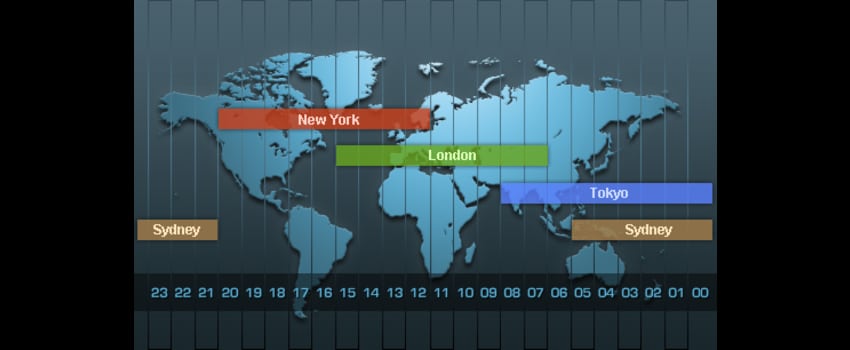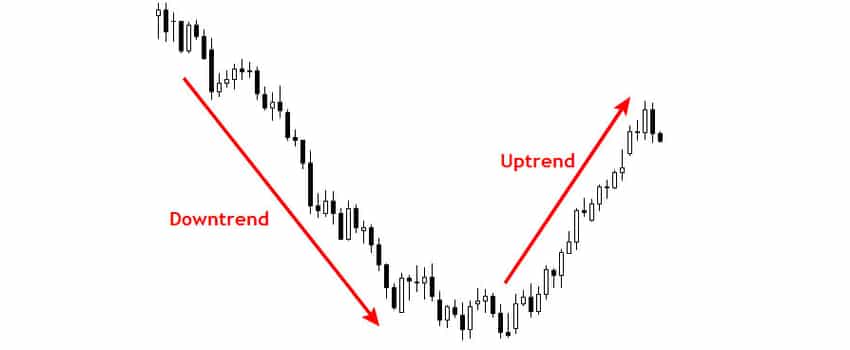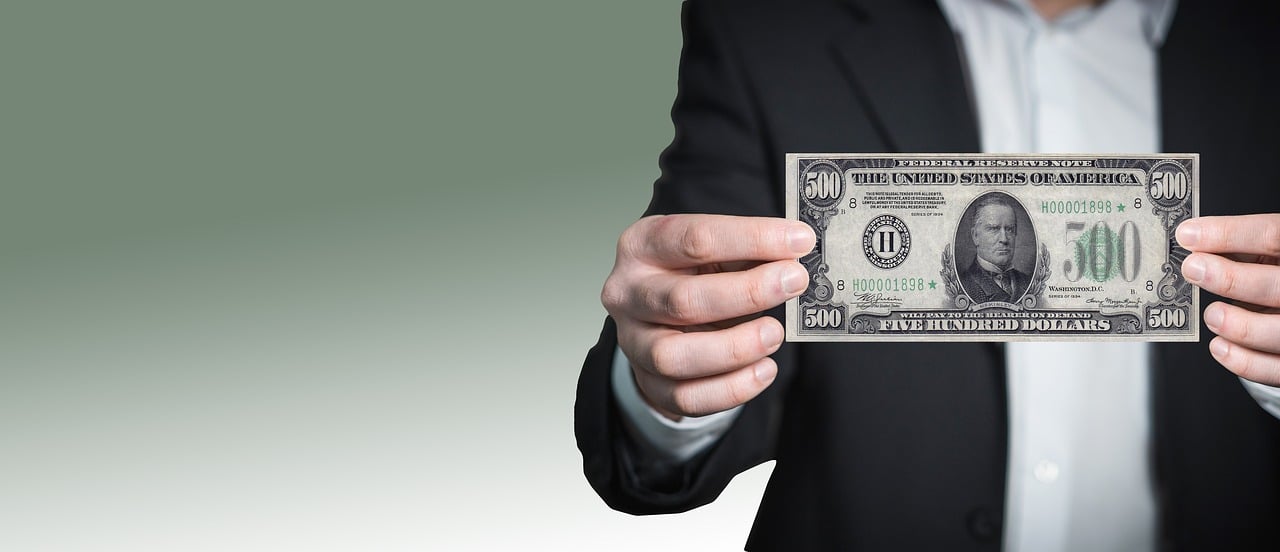FOREX MARKET HOURS WHICH FOREX MARKET IS OPEN/CLOSED NOW? Before we look at the trending…

How To Day Trade Forex?
Should You Day Trade Forex?
This subject has been under consideration for quite some time How To Day Trade Forex?. This is attributable to the fact that many investors have not had the Forex trading performance they have expected, and their experience has consequently put a pall of doubt on its attractiveness as an investment option.
However, with a market that trades about $5 trillion a day in value, there is reason to think that traders are making a profit from Forex; otherwise, the Forex market would have been controversial and disappeared. The question to be answered then is not whether Forex is lucrative, but how to exchange Forex profitably and how to make Forex profitable.
Like every other form of investing, Forex trading has its inherent hazards and potential for gain or loss, and learning how to minimize these hazards is a long way to go in deciding your Forex trading benefit or loss. Many people get distracted by the success of someone else who made Forex trading profit and then dumped their own money into the market, without even finding out how the profit came in.
To be able to make a profit in Forex, you first have to understand the demand and the factors that are critical for success. Is Forex profitable for you? It may be.
Invest in it wisely
Have a clear grasp of the fundamentals of how the economy works, and if there’s something you’re dissatisfied with, don’t sell it. This applies to Forex as well as it applies to every other market. If you believe you have what it requires to How To Day Trade Forex? Forex, go for it – just a word of advice here: deal with risk capital only (the currency you can afford to give up without impacting your living standards).
Also, it will be prudent to make sure that you have other forms of investing going on. Ideally, Forex does not surpass more than 20 % of the total investment portfolio. This is known as risk diversification and is widely used by a variety of active experienced traders.
How to day trade Forex
It’s easy to put a trade on the Forex market. The dynamics of investing are somewhat close to those seen in other financial markets (such as the stock market), so if you have some investing background, you should be able to pick it up fairly quickly.
Even if you don’t, you’ll always be able to pick it up as long as you finish some Forex Trading Course!
How To Day Trade Forex? aims to exchange money for cash in anticipation of a rise in interest.
More precisely, the currency you’ve purchased would rise in value relative to the currency you’ve sold.
How To Day Trade Forex? In The Forex Market –
1. Choose your desired currency pair
Start deciding which currency pair you want to exchange. With over 65 currency pairs you could choose from, it’s crucial to select a trading opportunity that’s right for you.
The City Index’s technological and fundamental analysis tools will help you identify currency trading opportunities that suit your trade in Forex. We suggest that you take your time to consider the market fluctuations associated with the currency pair to control your risk better.
2. Decide on the trading plan in FX
There are three options to exchange Forex with City Index Spread Betting, CFD, or Forex Trade. Each of them has a unique investment size:
- In spread betting, you deal in pounds per point of change
- In CFD trading, you exchange many CFDs in the base currency unit. E.g., if you trade GBP / USD, your investment would be in Pounds, while in USD / JPY, your investment will be in US Dollars.
- In Forex dealing, you buy lots in the base currency unit (price on the left)
- For example, if you exchange GBP / USD, your investment would be in Pounds, while in USD / JPY, your investment will be in US Dollars (minimum stake is 1000)
3. Decide to sell or buy
As soon as you’ve picked up a market, you need to know the actual price at which it’s traded, which you can do by putting a ticket on the platform. Both Forex is expressed in terms of one currency over another. Currency pair has a ‘base’ currency and a ‘quote’ currency. The base currency is the currency on the left side of the currency pair, and the quote currency is on the opposite. Simply put, if you were exchanging international currencies, you would:
BUY
a currency pair if you expect that the base currency will rise against the quote currency, or the quote currency will fall against the base currency.
Your earnings would grow in step with the rise in the share price.
For any point where the share price falls below your open threshold, you will suffer a net loss.
SELL
a currency pair if you assume that the base currency will decrease in value against the quote currency, or the quote currency will strengthen against the base currency.
Your earnings will increase in line with each point that the exchange price falls.
For any point when the share price increases above your open amount, you will suffer a net loss.
Spread-The FX pairs have bid and ask price
The first price is the selling price, and the second price is the buying price (also known as the ask). The disparity between the selling price and the selling price is regarded as the spread, which is simply the cost of a How To Day Trade Forex?.
Adding orders
An order is a request to sell automatically at a time in the future when rates hit a certain amount set by you. You will use stop and limit instructions to help ensure that you lock in your gains and reduce the exposure until your respective benefit or loss exposure goals are met.
Although not necessary, due to the uncertainty of FX markets, it is essential to use and appreciate risk management mechanisms such as stop-loss orders.
A stop-loss order is an order to close trading at a price that is lower than the actual market level and, as the term implies, is intended to reduce losses. There are two forms of stop-loss commands- standard and pledged.
The typical stop-loss order, once activated, closes the sale at the best possible price. There is also a possibility that the selling price will be different from the order cost, where there is a stock price difference.
A fixed stop-loss, however, for which a minor premium is imposed on start, ensures that your trade will be stopped at the stop-loss amount that you have calculated, regardless of any price difference.
A limit order is a request to close trading at a price that is higher than the actual market demand and is intended to further lock in pricing expectations.
Typical Stop Losses and Limit Orders are free to put and can be put in a Trading Ticket when you first initiate How To Day Trade Forex? and you can even apply orders to existing open positions.
1. Monitor and terminate your trade
When released, the benefit and loss of the trade will now fluctuate with each change in the market price.
You will watch stock rates, see the unrealized profit/loss status in real-time, connect orders to open positions, and introduce new trades or close current trades from the device or software to your phones and tablets.
2. Closing your trade
When you’re about to close your trade, you just need to do the reverse of opening your trade. Suppose you purchased 3 CFDs to open, you’d be selling 3 CFDs to close. By exiting the trade, the net open profit and loss will be noticed and automatically reflected in the cash balance of your account.



